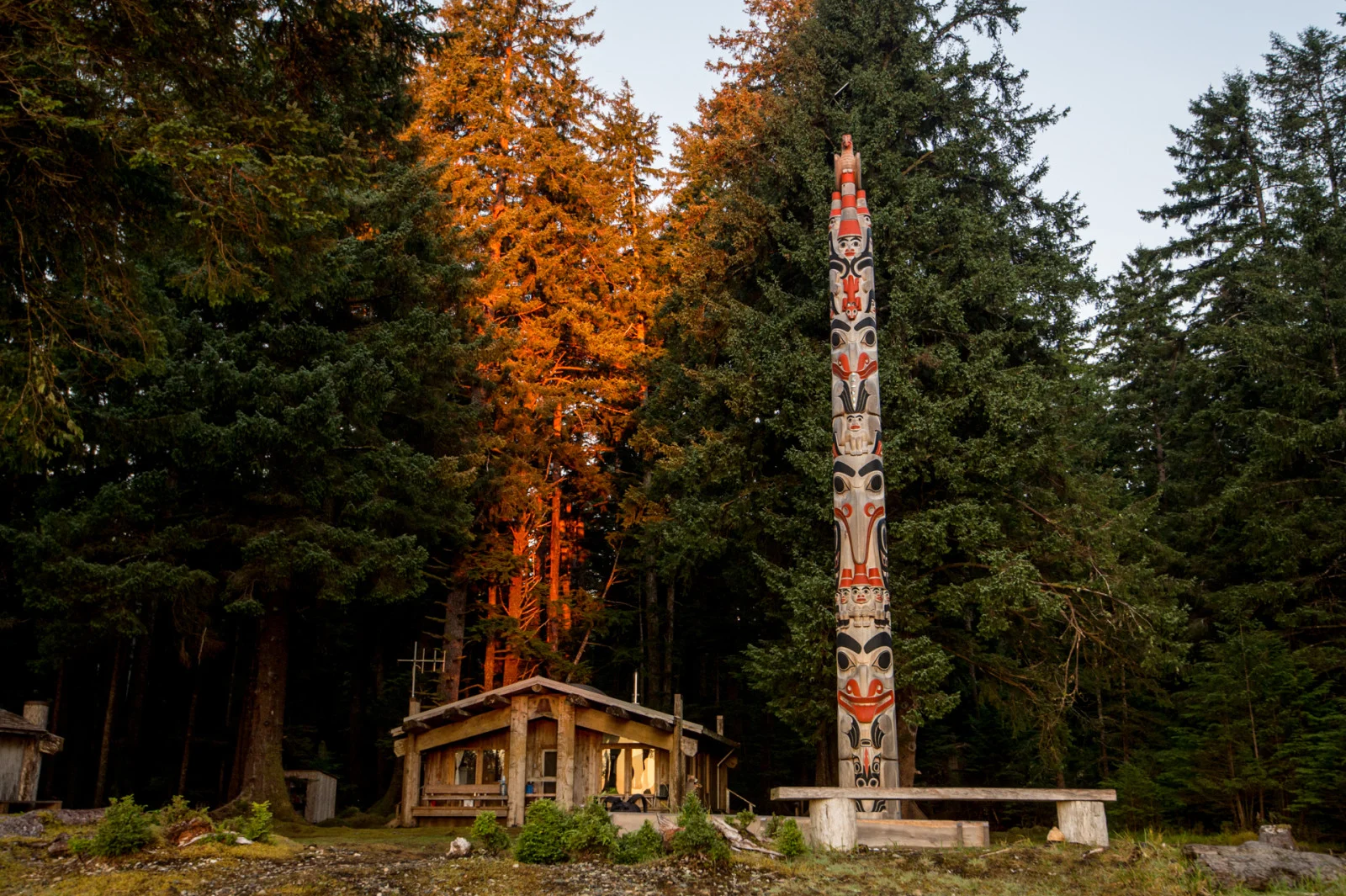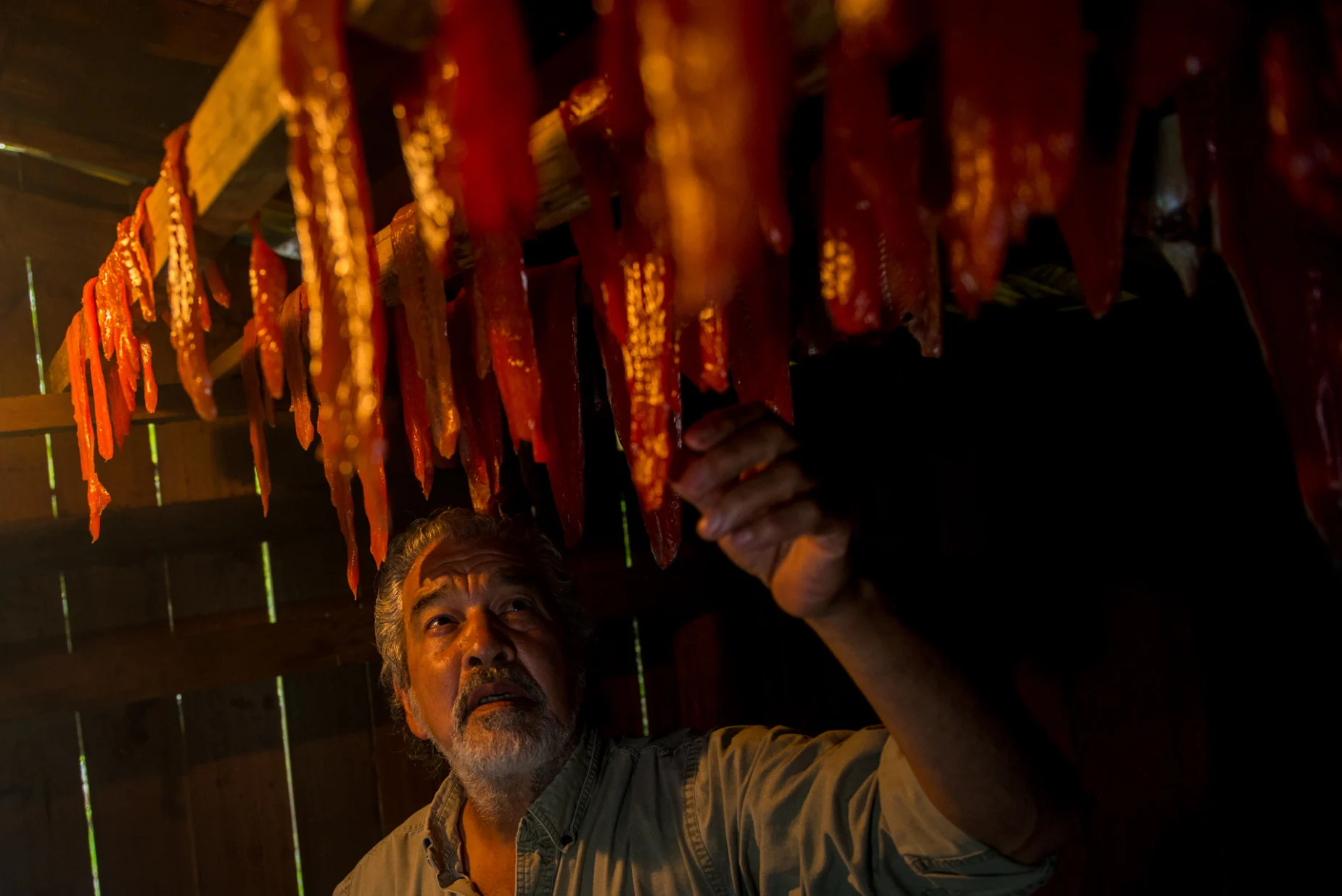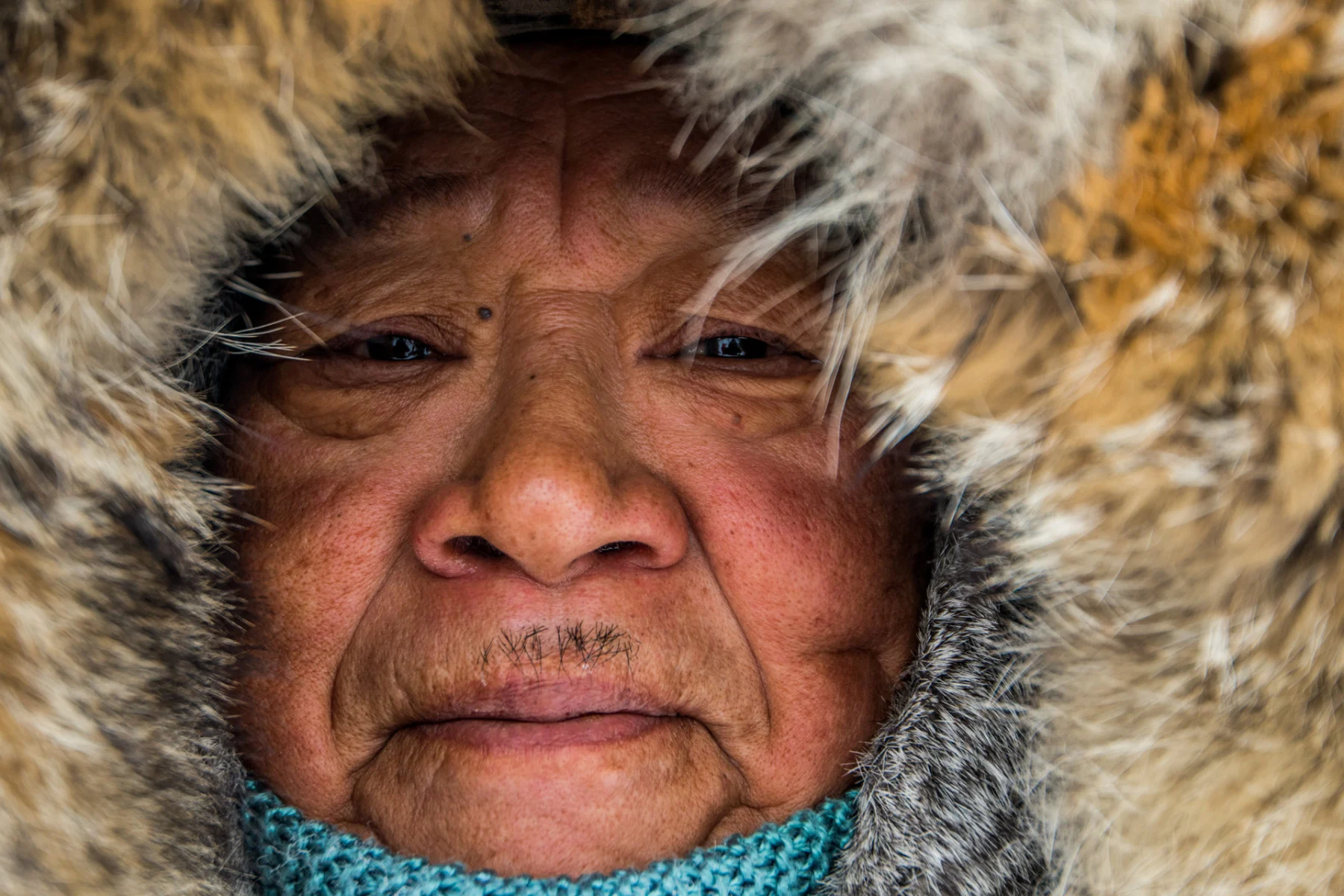
Climate change and Indigenous peoples’ health in Canada, a report
Everything from air quality, personal safety, livelihoods, mental well-being, and cultures and identity are at risk as the world warms. First Nations, Inuit, and Métis knowledge offers mitigation and adaptation strategies.
For the first time, an Indigenous-focused chapter has been included in Canada’s national climate change and health assessment. Health of Canadians in a Changing Climate: Advancing our Knowledge for Action, released earlier this year, describes the effects of global climate change on First Nations, Inuit, and Métis communities and the strategies in place to manage these effects.
The report chapter Climate Change and Indigenous Peoples’ Health in Canada predicts that Indigenous peoples will experience climate change in ways most Canadians won’t. In the North, where warming is three times the global average, severe disruptions are anticipated. A disproportionate burden of climate change will likely fall upon Indigenous peoples, whose reliance on seasonal roads and country foods contrasts mainstream Canadian life.

The man known as Guujaaw — hewer of wood, hauler of water — and the former president of the Council of the Haida Nation, lays chinook salmon over the rafters of his smokehouse in Skidegate, a community on British Columbia’s Haida Gwaii archipelago. Salmon have long played a key role in the Haida way of life, acting as both a food source and a symbol of fertility and abundance. Skidegate, Gwaii Haanas, British Columbia, Canada. (Neil Ever Osborne)
Indigenous communities are burdened by poverty, disease, poor infrastructure, a lack of access to clean drinking water, and compromised mental health. Inadequate clean drinking water alone is linked to eczema, skin cancer, infant mortality, birth defects, and elevated levels of obesity, diabetes, and cardiovascular diseases. Climate change is making this bad situation worse.
There are just over 1.6 million Indigenous peoples in Canada, 4.9 per cent of the total population. It’s a young and fast-growing demographic. According to Statistics Canada data, the number of Indigenous people grew by 42.5 per cent between 2006 and 2016. It’s also an increasingly urban population, as Indigenous peoples move to cities for work, school, medical care, and other opportunities and necessities.
In the same period, 67 First Nations communities experienced nearly 100 flooding events and the wreckage that ensued: property and infrastructure damage, disruptions to community services, and health impacts. Kashechewan, a Cree community on the western coast of James Bay, has been evacuated a dozen times since 2004, at enormous financial, emotional, and psychological cost. Many used to go south to escape the floods, but increasingly the Cree have chosen to live out on the land, where they find peace and safety, rather than take up the risks of urban life.
Extreme weather events led to the evacuation of around 15,000 First Nations residents in a two-year period. Life on the land has its benefits, but climate change is introducing challenges, disrupting the distribution, health, and behaviours of wildlife, fish, fowl, berries, and other traditional foods on which Indigenous peoples rely. Everything from air quality, personal safety, livelihoods, mental well-being, and cultures and identity are at risk.

James "Jimmy" Haniliak was born in an igloo near Bathurst Inlet and works as a guide based in Cambridge Bay. Nunavut. Near Cambridge Bay, Nunavut. (Neil Ever Osborne)
The report acknowledges the limitations of existing research on Indigenous peoples and climate change. Much of it examines Inuit in the Arctic and the harvesting of traditional country foods, with the remainder focused on Indigenous populations generally in rural and Northern Canada.
Less studied are the uses of grassroots knowledge and community-based initiatives to adapt to new climate realties. One such initiative is the Kanaka Bar First Nation Climate Change Strategy, developed by the Teqt’aqtn’mux of Lytton, British Columbia. Kanaka Bar’s community resilience plan lays out climate change adaptation strategies for water, food, housing, health, transportation and energy. “We’re facing a global existential crisis,” Chief Patrick Michell told The Weather Network. “We look at everything through a climate change lens.”
Climate Change and Indigenous Peoples’ Health in Canada also observes that “relevant, high-quality data are challenged by a lack of disaggregated and longitudinal First Nations, Inuit, and Métis-specific data.” Métis are especially under-represented in the research.
There’s a concerted effort underway, led by Indigenous peoples themselves, to mobilize First Nations, Inuit, and Métis knowledge and experiences in climate research, policy, and adaptation strategies. Research is increasingly going to be guided by OCAP principles (Indigenous ownership, control, access, and possession of data, data collection processes, and data usage) and conducted in a collaborative, rights-based approach that advances the wider project of decolonization.
Indigenous peoples are today leading a conversation on climate that asserts land and governance rights, the importance of traditional teachings, and the centrality of cultural values. The survival of Indigenous cultures will require more than reactively addressing the hazards of a changing climate. Indigenous peoples are calling for climate action that secures the full range of their inherent rights, as affirmed in the United Nations Declaration on the Rights of Indigenous Peoples and Section 35 of the Constitution Act, 1982.
Health of Canadians in a Changing Climate: Advancing our Knowledge for Action is available here as a PDF download.
Thumbnail credit: Neil Ever Osborne
